In early November, the Regional Radio Frequency Center I (under the Radio Frequency Department) received information about signs of fake BTS stations spreading scam messages in Hanoi .
Immediately after that, the Regional Radio Frequency Center I coordinated with professional units of the Ministry of Public Security and Hanoi City Police to use technical equipment to quickly identify the source of the fake BTS broadcast.
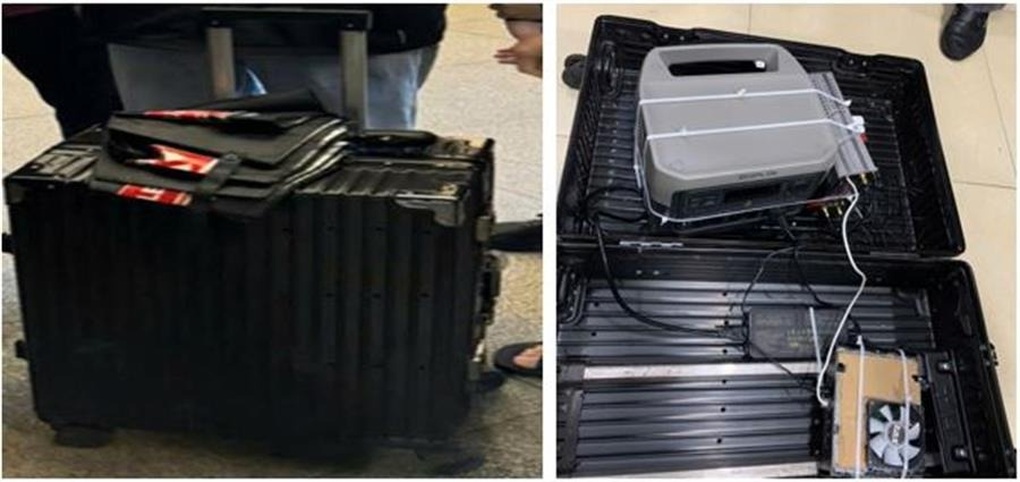
Thieves hide fake BTS stations in travel suitcases (Photo: Radio Frequency Department).
Afterwards, the authorities caught the foreigner using a fake BTS device to illegally access the mobile network and spread fraudulent messages.
The subject posed as a tourist and placed a fake BTS device in a suitcase. The criminal continuously changed the BTS identification code, had a small broadcasting range, and moved to crowded areas to avoid being tracked and detected by authorities.
Recently, authorities have continuously discovered subjects using fake BTS stations to spread fraudulent messages, impersonating banks and delivery companies.
These scam messages often include links to fake websites created by scammers to trick users. Many people have fallen victim to this scam.
Authorities recommend that people need to be vigilant, absolutely do not access strange links sent via text messages, and do not provide personal information, passwords, or OTP to anyone.
When detecting messages with signs of fraud, people need to immediately report to the police or mobile network operators for timely support and prevention.
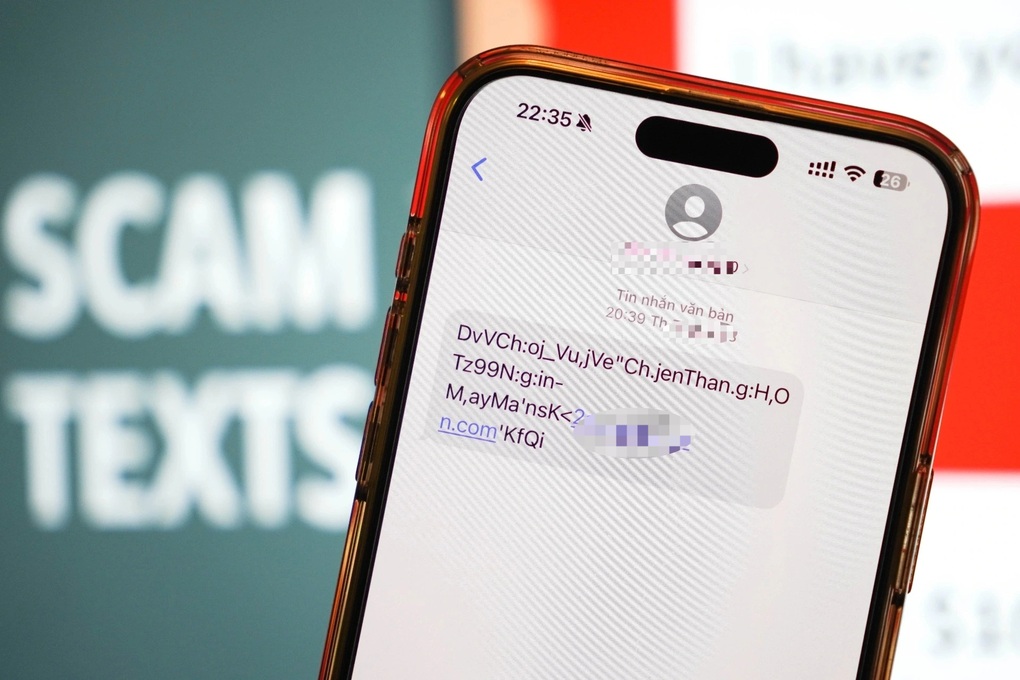
Fake BTS stations are tools for scammers to spread spam and advertising messages (Photo: The Anh).
Fake BTS stations are a tool for scammers to spread spam and advertising messages. This is the reason why many mobile subscribers receive messages impersonating financial institutions and banks to send fake and fraudulent content to steal people's money.
Accordingly, the waves of fake BTS stations will "interfere" with the network operator's waves. Within a distance of 100m, mobile devices will connect to the waves of fake BTS stations instead of connecting to the network operator.
"Fake BTS stations can send thousands of messages per minute and 80,000-100,000 messages per day. The content of the messages can be linked to online gambling websites or impersonate bank websites to commit fraud," said a representative of the Radio Frequency Department.
Source: https://dantri.com.vn/cong-nghe/thu-doan-dat-tram-bts-gia-trong-vali-de-phat-tan-tin-nhan-lua-dao-20251113140541393.htm




![[Photo] Unique architecture of the deepest metro station in France](https://vphoto.vietnam.vn/thumb/1200x675/vietnam/resource/IMAGE/2025/11/14/1763107592365_ga-sau-nhat-nuoc-phap-duy-1-6403-jpg.webp)
![[Photo] Special class in Tra Linh](https://vphoto.vietnam.vn/thumb/1200x675/vietnam/resource/IMAGE/2025/11/14/1763078485441_ndo_br_lop-hoc-7-jpg.webp)

![[Photo] Unique art of painting Tuong masks](https://vphoto.vietnam.vn/thumb/1200x675/vietnam/resource/IMAGE/2025/11/14/1763094089301_ndo_br_1-jpg.webp)


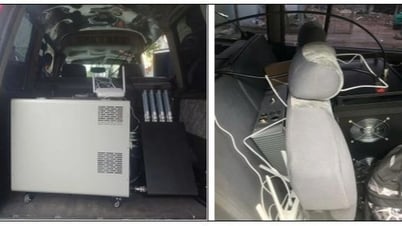






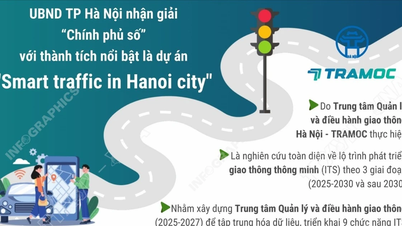



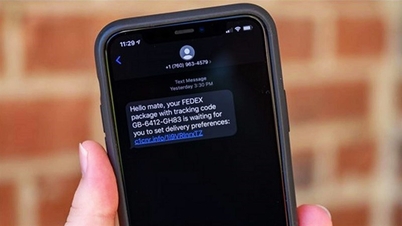



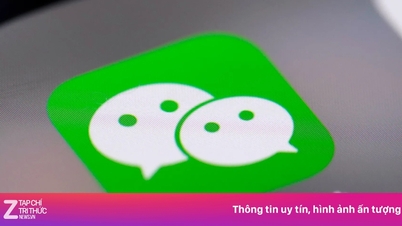









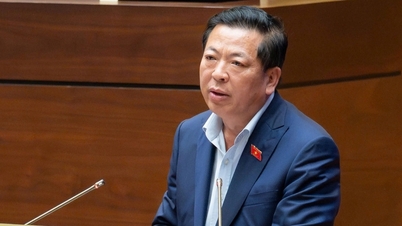

![[Photo] Deep sea sand deposits, ancient wooden ship An Bang faces the risk of being buried again](https://vphoto.vietnam.vn/thumb/1200x675/vietnam/resource/IMAGE/2025/11/13/1763033175715_ndo_br_thuyen-1-jpg.webp)






































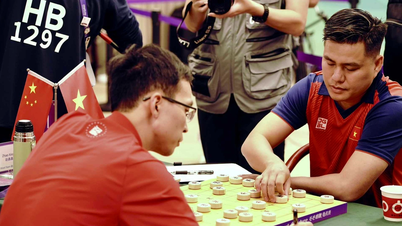
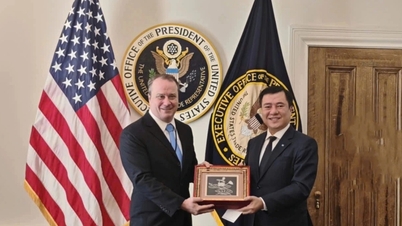


















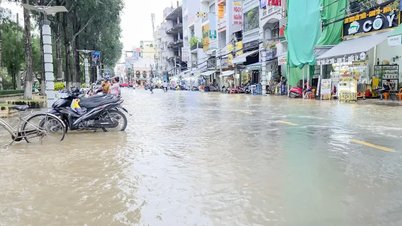









![Dong Nai OCOP transition: [Article 3] Linking tourism with OCOP product consumption](https://vphoto.vietnam.vn/thumb/402x226/vietnam/resource/IMAGE/2025/11/10/1762739199309_1324-2740-7_n-162543_981.jpeg)





Comment (0)